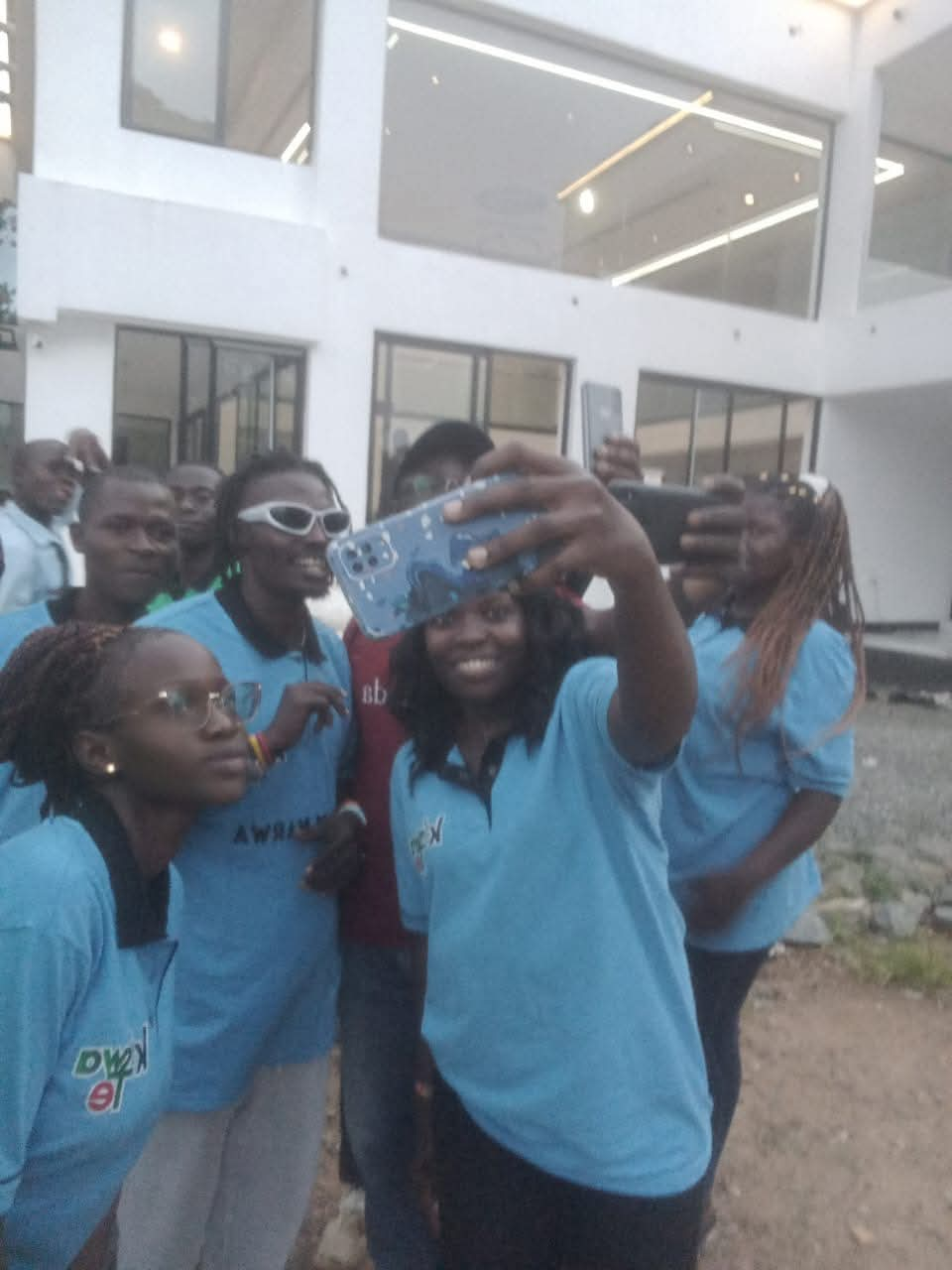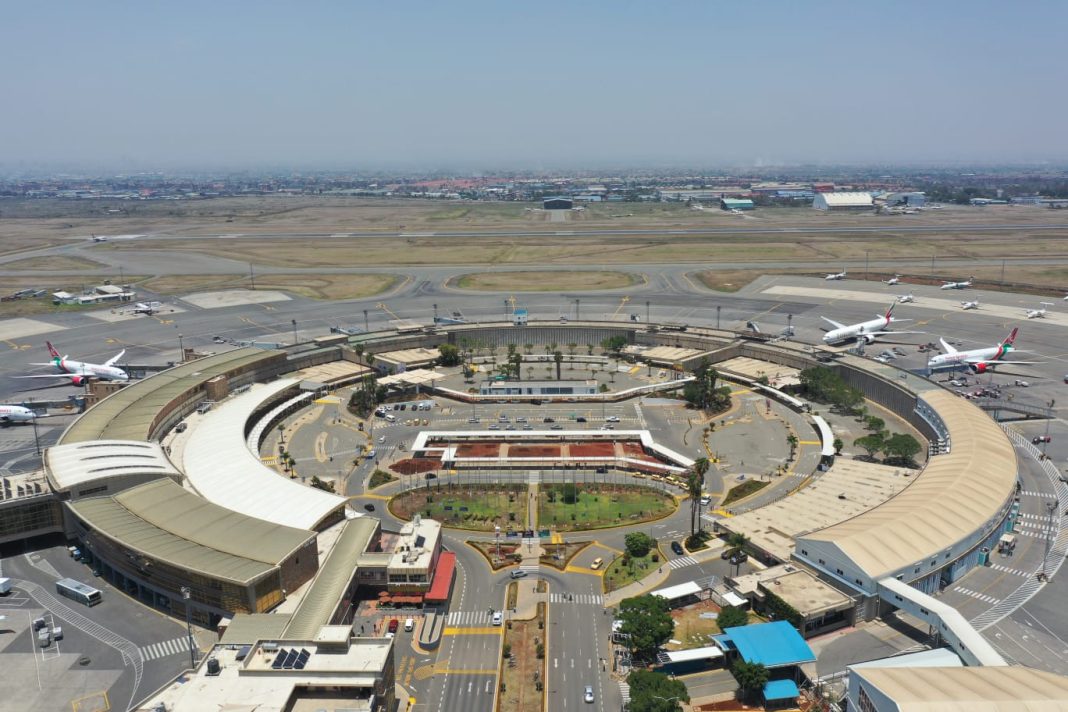By Samuel Owida
A Kenyan-born data scientist based in Washington, D.C. Pius Odhiambo has pioneered a groundbreaking digital education model that is reshaping learning in rural Kenya.
Since its inception in 2020, the KISWATE Digital Academy has addressed major challenges faced by underserved communities by merging technology, cultural preservation, and grassroots support.
KISWATE—named from the Kiswahili phrase “KISWAhili TEkelezi,” meaning “functional Kiswahili”—embraces a dual mission: revitalizing the national language in neglected regions while deploying cutting-edge digital infrastructure designed specifically for rural schools.
Remarkably, it operates as a “school without walls,” serving over 15,000 students and 500 teachers across multiple counties without owning physical buildings.
At the core of KISWATE’s operations is the KISWATE Digital Attendance and Discipline Tracking Register (KDADTR), a Smart ID-based platform that automates daily school functions including attendance logging, discipline management, meal programs, and transport coordination.
“This technology has increased our school attendance rates by over 35% and improved discipline reporting accuracy to nearly 98%, compared to manual systems,” said Odhiambo, founder of KISWATE.
This digital system enhances transparency and accountability in schools historically challenged by inefficient administrative processes,” he said
A persistent obstacle in Kenyan education has been the disproportionate teacher-student ratio, with some rural schools facing ratios as high as 1:70, far above the recommended 1:40.
This disproportionate phenomenon hasn’t been and can’t be addressed by the change of curriculum from decades-long 8:4:4 system of education to Curriculum Based Competency (CBC) to improved Curriculum Based Education (CBE).
KISWATE counters this by leveraging artificial intelligence-powered digital lessons and virtual classrooms, enabling personalized, interactive learning experiences regardless of teacher shortages.
“AI-driven tutoring allows students to learn at their own pace, filling gaps left by teacher scarcity,” said Jane Mwangi, a KISWATE e-learning coordinator.
This innovation ensures students in remote communities have equitable access to quality education.
Digitization also alleviates financial burdens on families by reducing reliance on costly printed textbooks, which can cost up to 30% of annual school fees.
The academy’s digital textbooks significantly cut costs, easing economic pressures and helping keep children in school.
Beyond technology, KISWATE supports rural schools through scholarships, lunch programs, and community activities, melding modern innovation with vital humanitarian aid.
About 45% of enrolled students receive some form of direct support from the academy.
The academy plans to launch a physical hub, “KISWATE Villa,” by late 2025 to merge its virtual presence with community engagement on the ground.
Additionally, KISWATE’s digital and AI solutions provide critical continuity in conflict-prone areas such as northern Kenya and Rift Valley regions affected by cattle rustling, enabling safe, remote learning where physical schooling is disrupted.
“Insecurity no longer means the end of education for our children,” stated community leader Moses Lekape from Baringo County.
KISWATE stands as a powerful example of how diaspora expertise, technology, and community commitment can together transform Kenya’s educational landscape making learning accessible, affordable, and culturally relevant for rural learners.
This digital revolution could mark a turning point in achieving Kenya’s vision for inclusive, quality education for all.




